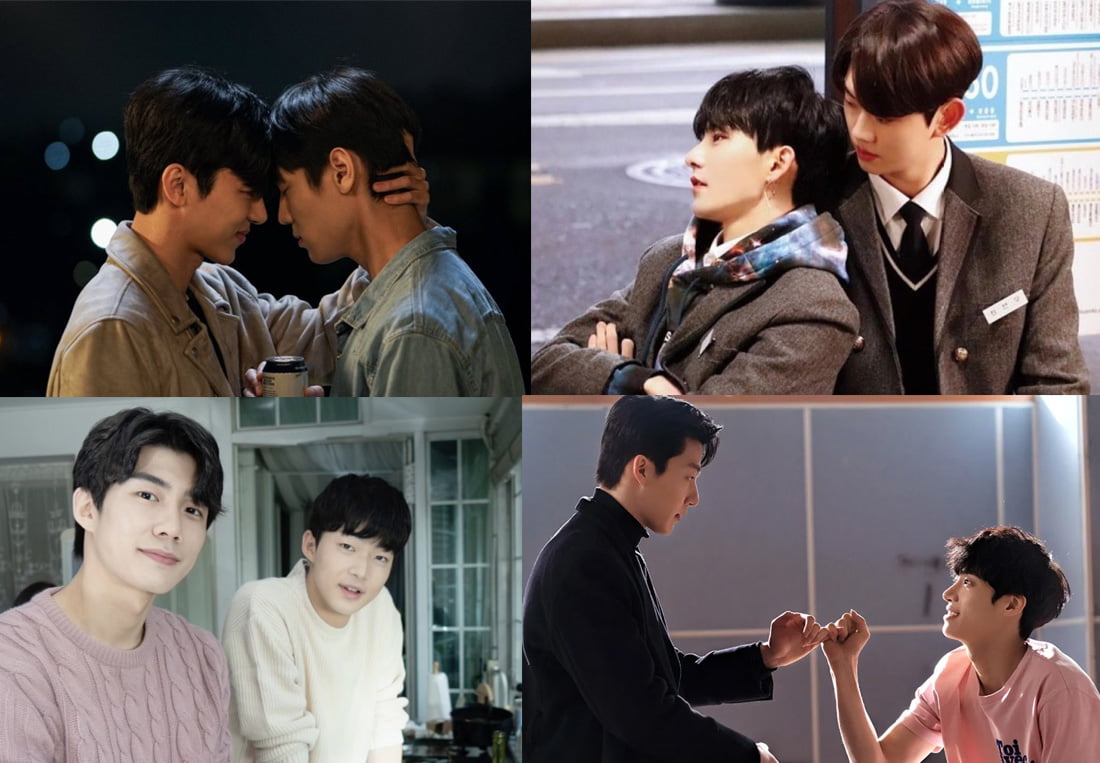Boy Love Dramas have seen rising popularity over the past few years, especially as they draw the attention of international audiences in the west. These dramas, unique to Southeast Asian countries target a specific demographic – mainly young women in their teens or early twenties, who watch them in anticipation of the heart fluttering moments Filipinos call ‘kilig’, a type of nervous excitement that is also romantic.
Today, Boy Love (BL) Drama has grown into a genre of its own. While Thailand and Taiwan have consistently been producing BL dramas and series in the past few years, Yaoi, as it is known more formally, originated in Japan in the form of homoerotic comics for girls and young women (called shōjo manga).
The term was coined by two women manga artists, Yasuko Sakata and Akiko Hatsu, associated with the historic Year 24 Group. Year 24 Group was a term used by critics, journalists, and academics to retroactively refer to the generation of female manga artists of the early 1970s.
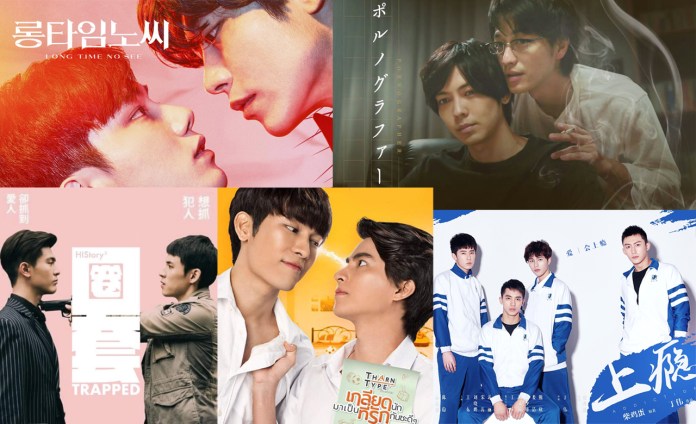
While Boy Love dramas focus on male-male relationships, they’re usually targeted at the female audience and written by women. South Korea has an established BL content in manhwa or manga and ‘Your Eyes Linger’ released in 2020 is considered by many to be Korea’s first BL series. China enjoys a popular BL novel community but because of its strict censorship rules, has restrictions on homosexual portrayal on television.
The Untamed, a fantasy series adapted from a popular BL novel, has portrayed a strong “bromance” between the two male leads instead of the obvious romantic and sexual relationship depicted in the novel.
Thailand has been receiving international and domestic attention through its BL dramas. 2gether one of Thailand’s most popular BL series has been lauded for bringing the genre to international attention and has been followed by a 5 episode sequel Still 2gether and a movie due for release this year – 2gether: The Movie.

The Boy Love genre is filling up a void caused by the absence of the representation of the LGBTQIA+ community in South East Asian cinema and entertainment. The queer community, which has largely been ignored and undermined, has seen increasing representation in stories and characters in popular culture in recent times.
The BL genre has opened the entertainment and television industries of many Asian countries to the largely oblivious western audience. The immense popularity of Thai BL for example has made it a potential soft power i.e a way to familiarise Thai culture to other countries.
Yet, its potential influence in naturalising queerness against heteronormativity and its role in representation have been largely underwhelmed by stereotypical tropes. While some themes depart from the actual lives of heterosexual men, others tend to fetishise them. In this context, it is pertinent to analyse and debunk these tropes.
Though there may be same sex couples who assign active and passive roles to each other (like perhaps “butch and femme” dynamics) this is not universal and the Seme-Uke trope is a gross misrepresentation. Not only is it an attempt to mimic normative heterosexual relationships by assigning gender roles to homosexual couples, but it also encourages gender conditioning in general, which in itself is arbitrary
The Seme-Uke motifs: Assigning behavioural roles
The ‘Seme’ and the ‘Uke’ are slang used to refer to the more active and more passive participants of a homosexual relationship portrayed in a BL series, anime or manga. Stereotypically, the Seme is taller, stronger and generally pursues the Uke who is more ‘feminine‘, smaller and shy.
This labelling is also depictive of sexual positions, the Seme is generally on “the top” and the Uke is the “penetrated“. While not all Boy Love series follow this trope or are as blatantly obvious about it as others, the Seme-Uke conditioning overlays a lot of content in the BL genre.
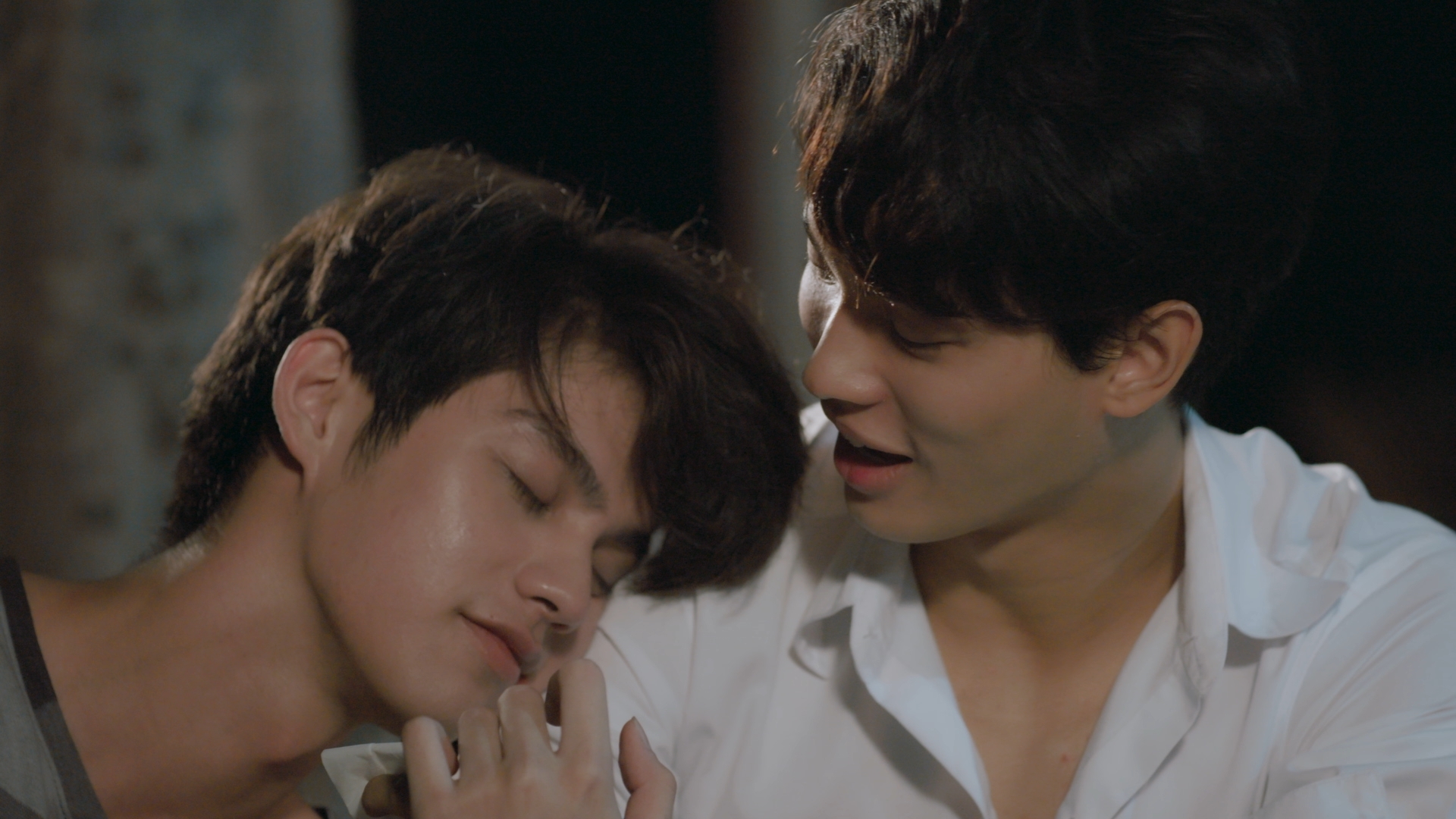
Though there may be same sex couples who assign active and passive roles to each other (like perhaps “butch and femme” dynamics) this is not universal and the Seme-Uke trope is a gross misrepresentation. Not only is it an attempt to mimic normative heterosexual relationships by assigning gender roles to homosexual couples, but it also encourages gender conditioning in general, which in itself is arbitrary.
Normalising rape culture
Another consequence of the Seme-Uke trope is that the Seme often abuses the Uke. One of the most recurring themes is the Seme taking advantage of a drunken Uke. In the popular Thai drama ‘Love By Chance’ the character Kengkla approaches a drunken Techno and later lies and tells him that Techno forced himself on Kengkla in a drunken stupor.
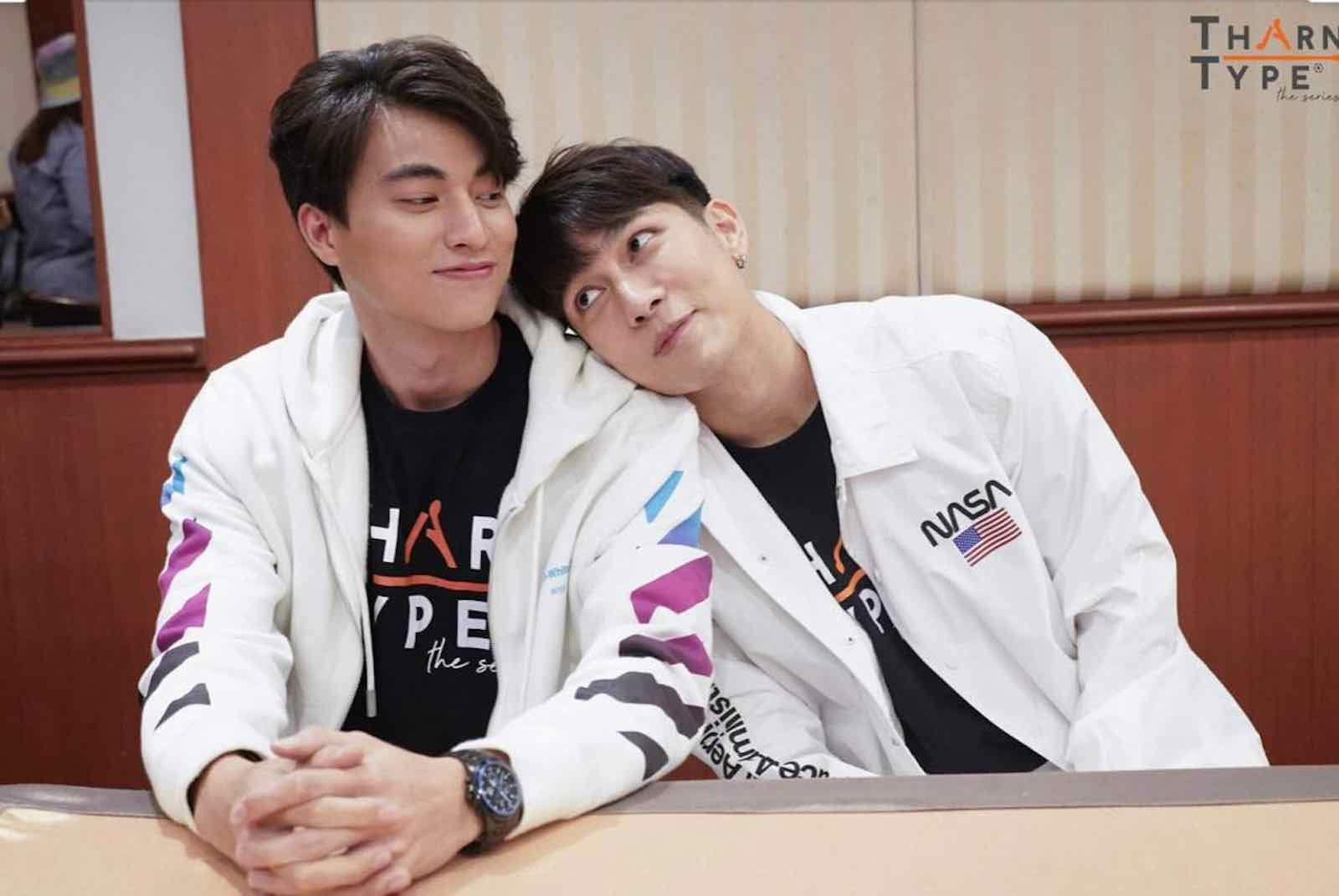
In a similar instance, in “History 4: Close To You” the fourth installment to a popular Taiwanese Boy Love franchise series, Yong Jie gets Xingsi drunk, admits to having sex with Xingsi against his will and even records a video of it. These scenes are often passed off lightly in the narrative and are seen as expressions of true love, where “the Seme couldn’t help himself”. In both the cases mentioned above, the crimes are forgiven and the couples are seen living happily together in love.
The most common portrayal of a woman character is either as the girlfriend of one of the male protagonists before they break up, leaving the man free to chase the other protagonists, or as a clingy ex girlfriend who schemes to separate the protagonists from their romantic relationship
Both the popular series, and the novel it is adapted from called “TharnType”(the novel and series have the same name) have had bothersome scenes of non consensual sexual activity between the protagonists. Yet, within the series it is glossed over.
Boy Love Drama content tends to increasingly portray acts of sexual harassment as normal and undermines the criminality of rape within the community of homosexual men.
Also read: How K-Pop Perpetuates Double Standards For Men And Women
Portrayal of women and inclusive representation
There are entire Boy Love dramas without a significant female character, which is surprising considering many BL dramas and series are written by women. The most common portrayal of a woman character is either as the girlfriend of one of the male protagonists before they break up, leaving the man free to chase the other protagonists, or as a clingy ex girlfriend who schemes to separate the protagonists from their romantic relationship.
Similarly Boy Love dramas tend to encourage the portrayal of a very specific type of lead couple. Since dramas made in this genre typically target women, the lead actors are often handsome, and masculine in the traditional sense. They mostly don’t identify as ‘gay’ and instead claim to ‘only love one man’, the other protagonist.
Effeminate men and trans people have very minimal roles and are often used for comic relief. In fact, there is a surprisingly low number of actual homosexual actors playing lead roles considering the theme of the genre.
The Boy Love genre has immense influence and using the genre responsibly can positively change people’s perceptions of the LGBTQIA+ communities. The genre is aimed at exciting women audience, but the use and exoticisation of male homosexuality to attract women in itself may be questionable. While tropes and motifs cannot be eradicated immediately, recognising them can help us identify false representations

Recently, there have been more and more Boy Love dramas which have opposed these tropes. Dramas like ‘Dark Blue Kiss’ have featured the complexities of coming out, and features conversations between the main characters about their sexualities. Another drama ‘My Engineer’, features the protagonists Bohn and Duen having an open discussion about their sexual positions instead of following the very stereotypical trope of the Seme and Uke.
Women too find holistic representation in characters like Sandee in Dark Blue Kiss and Manow in Until We Meet Again. Similarly, Green from 2gether who plays an openly gay, effeminate character and Tharn from TharnType who also plays an openly gay character, give room for portrayals that are more diverse and farther from the boxed masculine stereotypes.
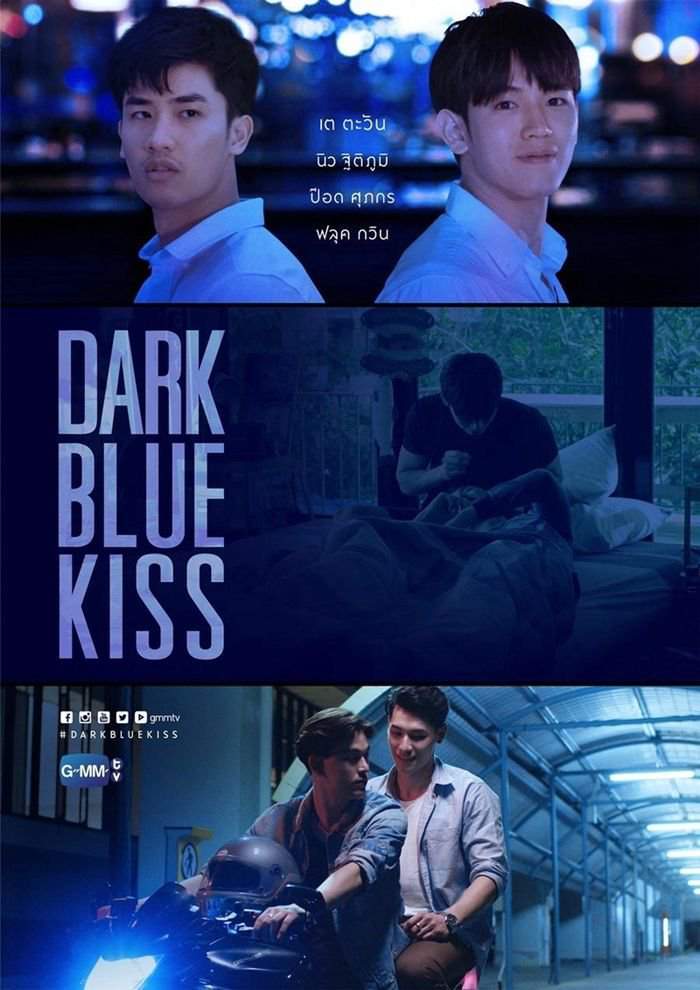
The Thai drama ‘3 Will Be Free’ while not strictly Boy Love, centers on a polyamorous couple, and also features Jennie Panhan, a trans woman, as Mae, a very serious role as opposed to her routine comic performances. ‘Until We Meet Again’ is noted for having actors belonging to the LGBTQIA+ community playing lead roles as gay men.
The Boy Love genre has immense influence and using the genre responsibly can positively change people’s perceptions of the LGBTQIA+ communities. The genre is aimed at exciting women audience, but the use and exoticisation of male homosexuality to attract women in itself may be questionable. While tropes and motifs cannot be eradicated immediately, recognising them can help us identify false representations.
Also read: Be Melodramatic: A Korean Drama About Women With Pursuits Other Than Men
Vaishnavi Nimma is an undergraduate student of philosophy. She is discovering her interest in feminist theory, gender and sexuality. She enjoys learning about East Asia and is keenly observing the rise of Asian pop culture. You may find her on LinkedIn
Featured Image Source: Campus Magazine
